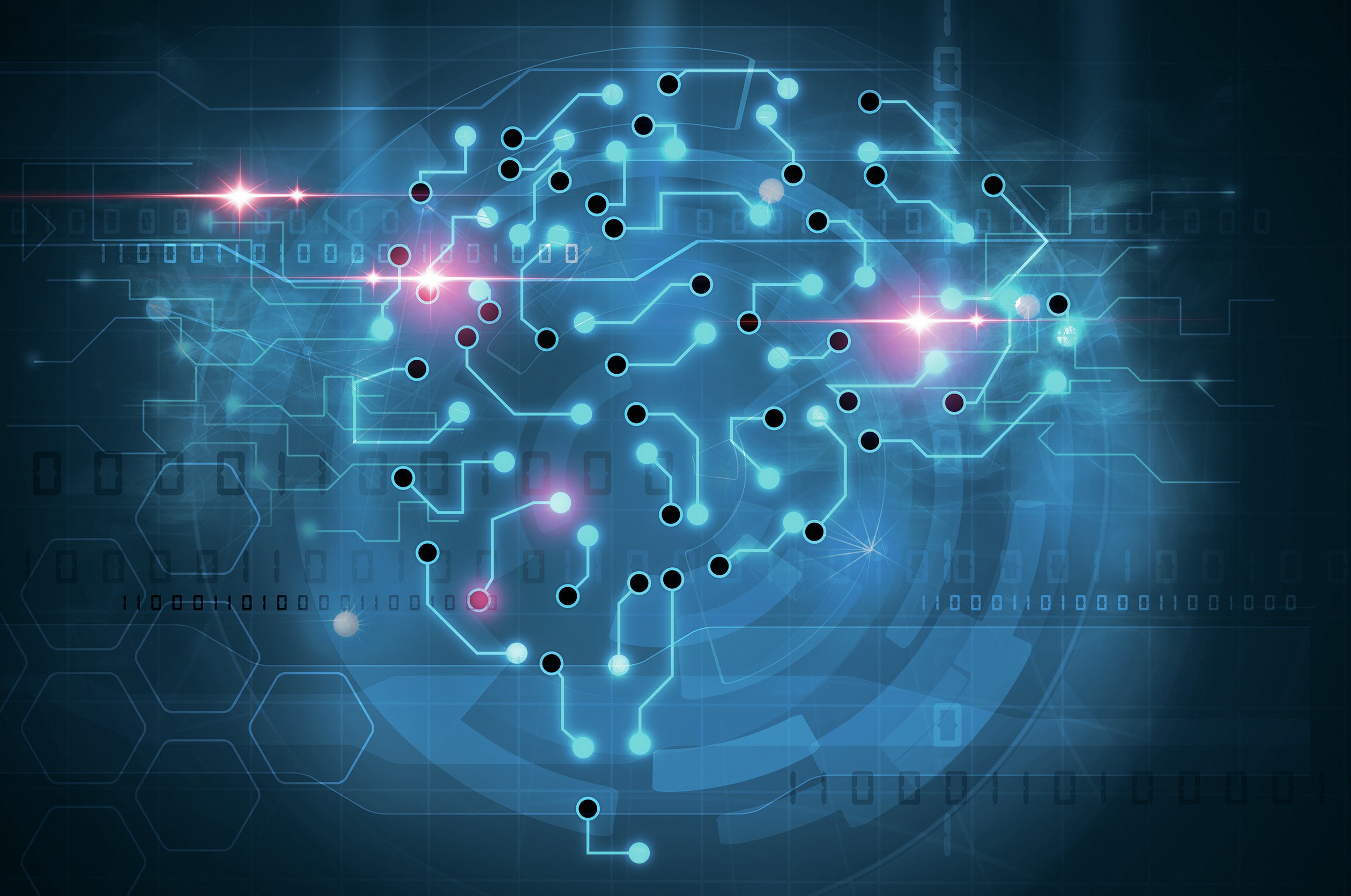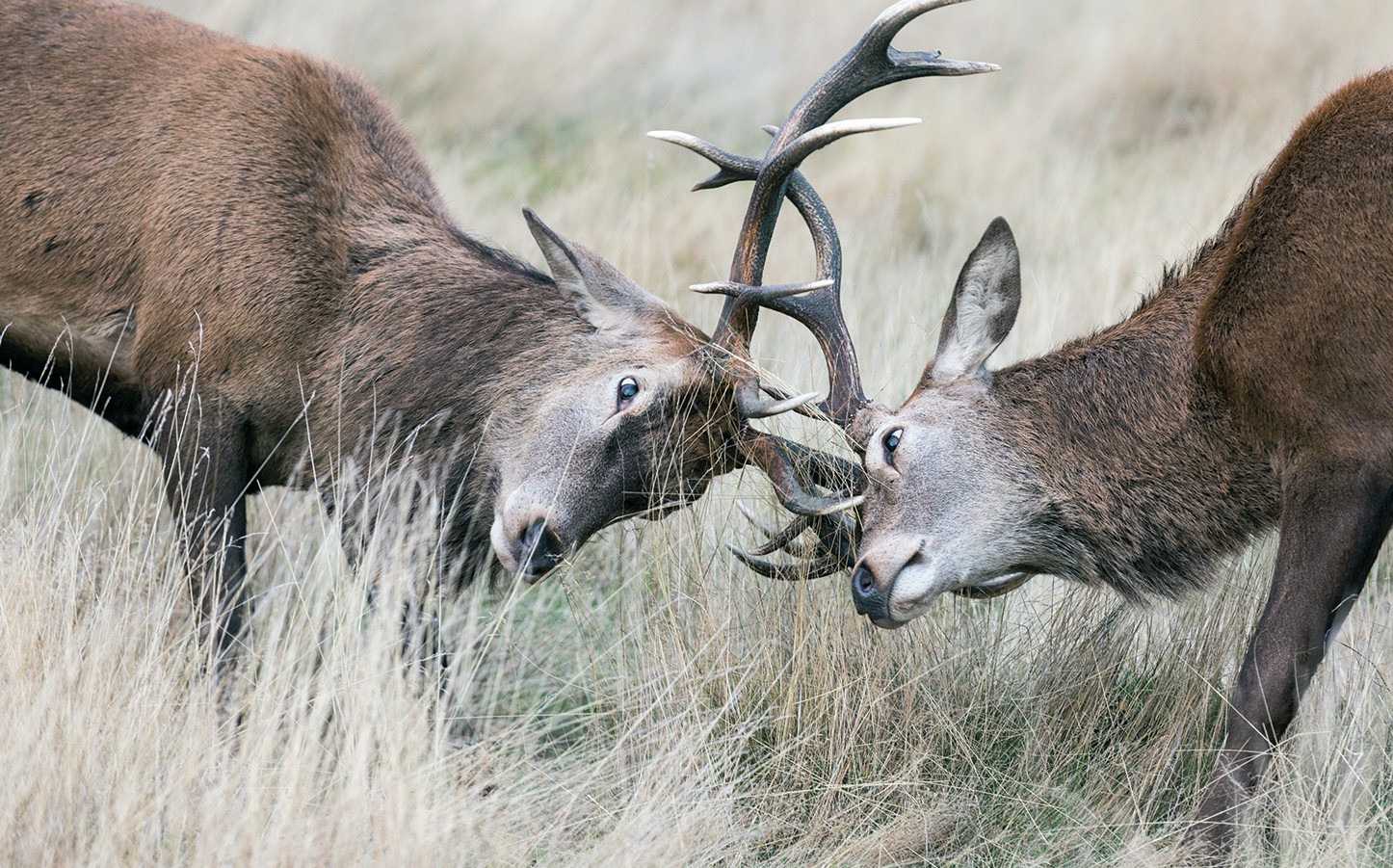stretch and challenge
Purposefulness and the natural self
Peter Manning continues his analysis of the complex and important issues of free will, determinism and the self

Information processing is a purposeful activity. The idea of purpose in nature has a long history going back to Aristotle, the student of Plato. Although biologists tend towards reductive materialism, biology need not be understood this way. When considering the natural world, Aristotle explored the nature of things by asking four questions summed up in his doctrine of the four causes. The material cause examined what something was made of. The formal cause explored attributes and shape. The efficient cause sought to establish how something came to be as it is. Aristotle’s genius lies in his fourth cause, where he asked of natural objects what their end (telos) was. This explored the purpose of something within the context in which it existed.
Life systems
Discussing purpose in the natural world has often been avoided in biology, as it is seen as an anthropomorphic tendency. Perhaps when applied to inanimate objects this is true. To read purpose into them speaks more towards the intentionality of mind towards the object. But our attempts to understand life systems struggle without applying the concept of purpose. Since the seventeenth century, modern thought has turned away from the vision of Aristotle and its philosophy of nature found in Generation of Animals and has left us with reductive materialism and its denial of the self. Yet life systems are not inert matter: they grow and change organically because they have something we call life. Unless the individual parts of a life system — whether at the molecular, cellular or organism level — are related to their internal and external contexts, understanding won’t go beyond description. We understand by examining things through their relationships with other things. Functions relate to larger wholes that are part of systems.

Our stress response has within the autonomic nervous system a sympathetic pathway that readies us for fight, and a parasympathetic branch that returns the body to its baseline state. This response involves multiple organs, chemical messengers and different areas of the brain all working together to achieve a readiness state to meet the challenges of the environment. This is information processing on a grand scale. But it is more than that. Everything involved in the body’s stress response is relating to chemical and electrical messages in the nervous system to achieve a goal — to run or relax. Furthermore, that purpose can be seen as achieving energy efficiency — being constantly on edge is exhausting even if we don’t fight. The ability of the biological life system to respond to challenges in an energy-efficient way promotes survival.
Darwin and Damasio
It is part of the genius of Darwin that despite the mechanistic materialism of his day he looked back towards an Aristotelian vision of nature, and in his explanation of natural selection applied purpose to biological evolution. Survival and reproduction is the biological goal. Survival of the fittest is a more complex concept than is often supposed, as it involves the organism interacting with the environment in ways that shape its future form over many generations. The internal driver for those interactions has been poorly understood, but Antonio Damasio (2015) argues that part of the answer can be found in the concept of homeostasis.
Homeostasis is more often applied to the internal regulation of an organism, such as temperature and hydration, so that it stays within its life-giving parameters. Damasio, however, sees all life systems, from cells to animals, as mindlessly managing their internal environments in relation to both internal and external factors to achieve homeostasis. The stress response widens the scope of homeostasis towards relations with the external environment. Life systems that better manage homeostasis survive and continue to evolve in response to environmental pressures. Life can be seen as energy regulation within a self-replicating structure governed by homeostatic rules and devices throughout its body (Damasio 2015, p. 45).
Life regulation and consciousness
In Spirituality for the Skeptic (2002), Robert Solomon ponders the different ways we might construe mind (p. 129). Depending on the focus of our experience it can be to do with sensitivity and the sensory experience of pain, light or heat. At other times, it seems that mind is taken over by emotions such as joy or anger. Or we might think of mind as Descartes did, as reflective self-consciousness. Aristotle’s term for mind, or the soul, anima, relates to self-movement. Like Aristotle, Damasio sees movement as key to the self. Life systems that move need some kind of awareness to navigate through their environment. Movement is bound up in the development of neurons. Neurons only exist in animals and not plants. As a type of cell, neurons have a unique capability to form information highways by their ability to send and receive chemical and electrical signals. Nervous systems are constructed out of neurons and allow for the development of information-processing centres through the interconnected neural bundles of the brain.
When we consider the human brain and the nervous systems of other animals, it is possible to understand consciousness as an evolutionary adaptive outcome. Consciousness allows greater flexibility in the responsiveness of the organism to the environment and its threats and opportunities. This enhances homeostasis. This is not to embrace the panpsychism of David Chalmers, for consciousness is not understood as a fundamental building block of nature. Rather, consciousness is experienced as physical responsiveness of the animal, which beyond basic life forms is experienced as feeling aware. Consciousness as feeling is a physical, emergent property of complex neural networks. Such networks are survival-enhancing solutions working within an evolutionary context.

Pearl and bundle
To argue that consciousness resides in complex neural networks is to support a view of the self that is often referred to as the ‘bundle’ view. Bundle views tend towards a conclusion that ends up denying the reality of the self and free will. But using neurological studies to deny the self completely misconstrues the layered and distributed nature of the self. Relying on case studies of people with abnormal brain functions also has problems of correspondence with normal brain functioning. We have within our interpretations an explanatory distance which reductive explanations are apt to oversimplify. In short, they carry forward assumptions inherited from Kant which are not necessary.
Hume had rejected Descartes’ autonomous self by arguing that, as there is no experience outside perceptions of the present moment, the ‘self’ had no reality outside habits of the mind. To rescue the self and the basis of our knowledge of things, Kant argued that the ability to experience the perceptual world of our senses required transcendental apperception. This is the idea that our ability to make coherence out of individual bits of sensory experience requires ‘pure original unchangeable consciousness’ to be the receiving ‘vessel’, as it were, of such experiences (Critique of Pure Reason). Kant goes on to affirm that, ‘I am conscious of myself, not as I appear to myself, nor as I am in myself, but only that I am’. Such a view is often called the ‘pearl’ view of the self. It is this that neurological studies are taken to disprove when materialists supporting epiphenomenalism or eliminative materialism conclude there can be no such thing as free will. There is no pearl, no self, to be found in the brain to be free with.
The startling truth, however, is that neurological evidence can be understood, using the bundle view, to situate the ‘I am’ awareness of the self at the end rather than the beginning of conscious experience. Kant was wrong in assuming that perceptual experience cannot cohere without immediate awareness of self-being. Epileptic automatism, in which conscious self-awareness is lost, does not prevent the patient interacting with the environment and even drinking cups of water or opening doors during the seconds the disorder manifests itself. Sleepwalking is another example. Elementary aspects of mind continue even in the absence of the ‘I am’ self of Kant. We might say that the person is awake but absent. Consciousness is present to enable bodily interactions with the environment even though the knowing self is lost.
Instead of perception cohering in Kant’s ‘I am’ pearl, it is an awake feeling that is the foundation of consciousness. Awakeness is not the same as awareness of being awake. Much philosophical and psychological discussion misses the importance of this and continues the debate within conceptual boundaries constructed by Kant. Just because we don’t find an unchanging concrete self does not invalidate the reality of the self. The self is not some Platonic mathematical ideal requiring unchanging certainty in itself for its truth to be established. Kant did not have the conceptual resources to achieve an evolutionary-based theory of the self, or the cultural space to allow its reception.
Letting go of transcendental idealism
The self does reside after all in organic, animated life that has an evolved past. Kant alluded to this in Anthropology (1798) when he remarked:
‘whether the present period of history, on the occasion of some great physical revolution, may not be followed by a third, when an orangutan or a chimpanzee would develop the organs which serve for walking, touching, speaking, into the articulated structure of a human being, with a central organ for the use of understanding, and gradually advance under the training of social institutions.’
Being inspired by Darwin, William James took up the same theme in The Principles of Psychology (1890) when he stated that, ‘It is very generally admitted, though the point would be hard to prove, that consciousness grows the more complex and intense the higher we rise in the animal kingdom. That of a man must exceed that of an oyster.’ Consciousness and mind have a natural foundation that mean we should also let go of Kant’s transcendental idealism.

In responding to the scepticism of Hume, Kant rescued knowledge and the self from being trapped in habits of mind by arguing that the mind applies categories of understanding (quantity and quality) and forms of intuition (time and space) that order and shape our experience of the world. However, these universal characteristics of mind create a perceptive distance between our experience of the world and the way the world actually is (phenomenal and noumenal). The consequences of this have led steadily to postmodern philosophy and non-realism in knowledge as the mind fails to gain a foothold in reality outside of the constructs of mind.
However, such an outcome is not necessary. In The One, the Three and the Many (1993), Colin Gunton argues that our most fundamental concepts of mind are not those of Kant. Instead, Gunton argues for ‘open transcendentals’: relationality, substantiality and interpenetration. These terms sum up the way the mind is immersed in the reality of the world and how perceptive forms of mind are shaped out of the dynamic relationality present in the world. The mind operates the way it does because such operations enable it to make sense of reality. Although Gunton’s book does not explore open transcendentals in relation to evolution, it would seem a natural progression to put the theory within this context. This narrows the phenomenal, noumenal gap opened up by Kant as we know the world in ways an evolved animal finds promotes its chances of survival. We may perceive and understand the world from a species perspective, but that does not mean we are divorced from the nature of reality and the relationships of things within it. We need only look at our many technological successes to appreciate the truth of this.
A project to be pursued
William James was pessimistic about our ability as a species to understand how subjective states arise from brain mechanisms. He can be heard saying ‘nature in her unfathomable designs has mixed us of clay and flame, of brain and mind, that the two things hang indubitably together and determine each other’s being, but how or why, no mortal may ever know’ (The Principles of Psychology). But post-Darwin, with developments in neurobiology and evolutionary theory, such a project can be pursued.
So, how can we construe the self, through bundle theory, in a way that rescues it from reductive materialism? For that, we have to turn to the work of Antonio Damasio and play out the implications of biological homeostasis and its emergent expressions in mind, consciousness and free will.
References
Damasio, A. (2015) Self Comes to Mind:
Constructing the Conscious Brain, Vintage.
Gunton, C. (1993) The One, the Three and the Many, Cambridge University Press.
Solomon, R. (2002) Spirituality for the Skeptic: the Thoughtful Love of Life, Oxford University Press.
